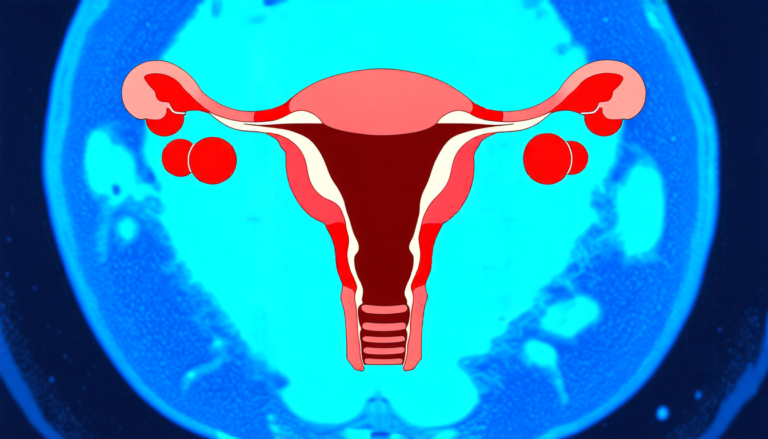Sunday 13 April 2025
Scientists have long struggled to deal with missing data, a problem that can arise in many fields, from economics to medicine. One approach to solving this issue is called imputation, which involves estimating the missing values based on existing data. However, this process can be time-consuming and may not always yield accurate results.
A new library called ImputeGAP aims to simplify and improve the imputation process. Developed by researchers at the University of Fribourg in Switzerland, ImputeGAP is designed specifically for dealing with time series data, which involves measurements taken over a period of time.
The library allows users to simulate different patterns of missingness, such as single blocks or multiple gaps, and can even generate realistic contamination scenarios. This flexibility is crucial because different types of missingness require different imputation strategies.
ImputeGAP also includes a range of advanced imputation algorithms, including statistical, machine learning, pattern search, matrix completion, and deep learning methods. These algorithms are designed to work together seamlessly, allowing users to choose the best approach for their specific problem.
One of the unique features of ImputeGAP is its ability to explain the results of the imputation process. By using techniques such as SHapley Additive exPlanations (SHAP), the library can provide insights into how different variables contribute to the imputed values.
The library also includes tools for evaluating the impact of imputation on downstream analytical tasks, such as forecasting and similarity search. This allows users to assess the effectiveness of their chosen imputation method in a real-world context.
ImputeGAP is designed to be user-friendly, with a simple and intuitive interface that makes it easy to get started. The library is also highly customizable, allowing users to tailor it to their specific needs.
The potential applications of ImputeGAP are vast, from finance and healthcare to environmental monitoring and climate modeling. By providing a comprehensive and flexible imputation solution, the library has the potential to revolutionize the way researchers and analysts work with missing data.
In practical terms, ImputeGAP can help reduce the time and effort required to deal with missing data, allowing scientists to focus on higher-level tasks such as analysis and interpretation. It can also improve the accuracy of results by providing a more sophisticated approach to imputation.
Overall, ImputeGAP is an exciting development in the field of data science, offering a powerful tool for dealing with the challenges of missing data.
Cite this article: “Unlocking the Secrets of Time Series Imputation: A Comprehensive Library for Missing Data Reconstruction”, The Science Archive, 2025.
Data Science, Imputation, Time Series, Missing Data, Machine Learning, Deep Learning, Statistical Methods, Pattern Search, Matrix Completion, Shap







